Faced with the complicated developments of the flood situation in many localities, on September 28, the Ministry of Health sent a telegram to the Departments of Health of provinces and cities in the Northern and Central mountainous regions and units under the Ministry of Health in the Northern and Central regions on implementing medical work to respond to floods.
According to the bulletin from the National Center for Hydro-Meteorological Forecasting, from September 27-28, 2023, the area from Thanh Hoa to Nghe An will have very heavy rain; rainfall from 60-120mm, in some places over 200mm; Hoa Binh, Son La, Yen Bai, Phu Tho provinces will have rain from 40-70mm, in some places over 100mm; the Northeast and Viet Bac regions will have rain from 20-50mm, in some places over 90mm; there is a risk of flash floods, landslides in mountainous areas and flooding in low-lying areas.
To proactively respond to the flood situation in the Northern mountainous provinces and the Central provinces; The Ministry of Health (Command Committee for Natural Disaster Prevention and Search and Rescue) requests the Department of Health of the provinces and cities in the Northern and Central mountainous regions, and units under the Ministry of Health in the Northern and Central regions to urgently implement a number of contents, specifically:
Strictly implement documents of the Prime Minister, the National Steering Committee for Natural Disaster Prevention and Control, the National Committee for Incident Response, Natural Disasters and Search and Rescue and the Ministry of Health on readiness to deploy medical assurance work to respond to natural disasters and search and rescue;
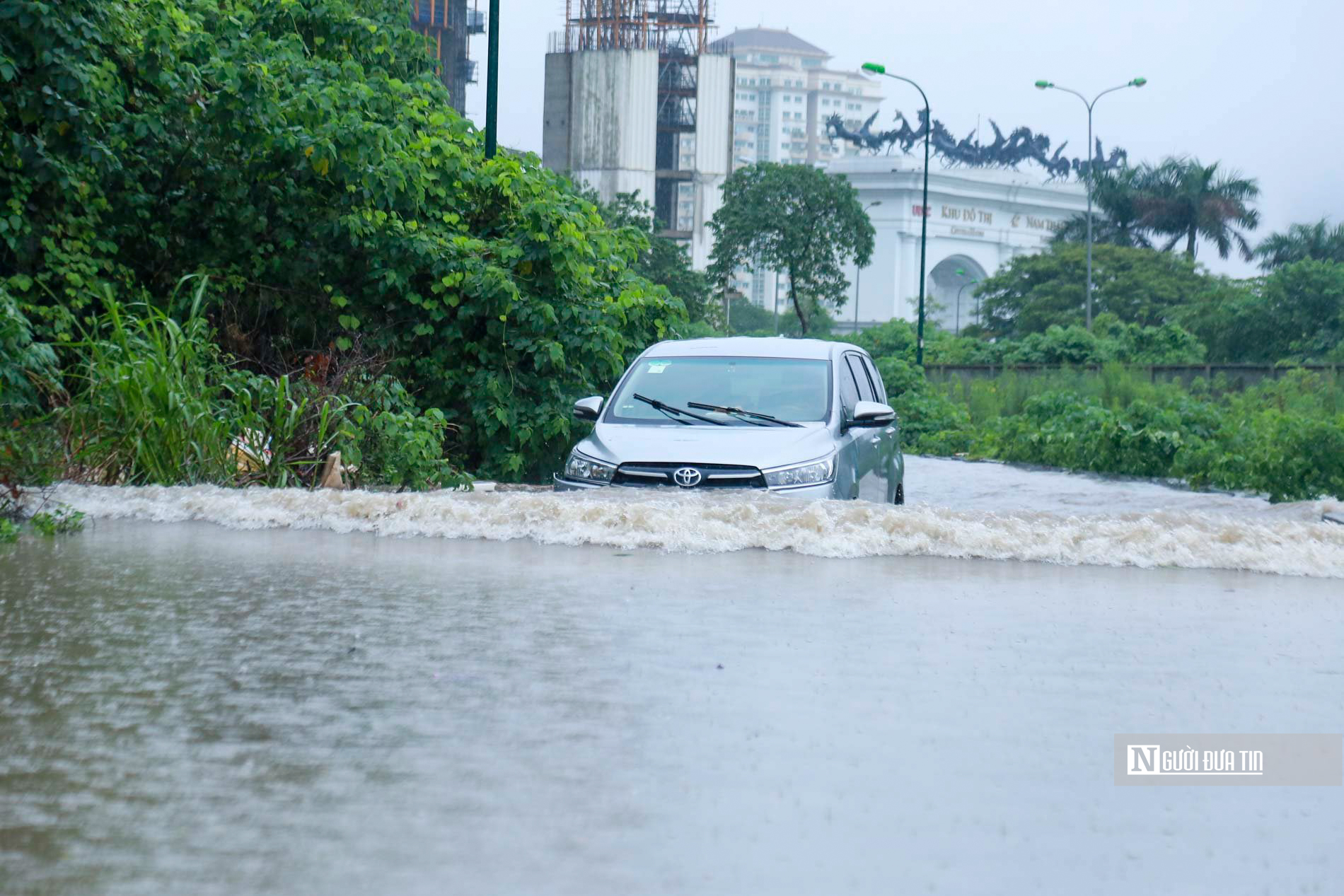
Emergency service 24/7; ready to receive and provide emergency care to victims caused by rain and storms.
Closely monitor the situation of rain and floods on mass media to proactively prevent and combat. Review the unit's plans and solutions for storm and flood prevention and combat to ensure they are consistent with local practical requirements.
Organize professional and emergency duty 24/7; be ready to receive and provide emergency treatment for victims caused by rain and storms; ensure no interruption in emergency and treatment work for people; ensure adequate supply of essential medicines for people, promptly replenish reserves of medicines, chemicals, and supplies for disaster prevention and search and rescue.
Implement plans to protect medical facilities in areas at risk of being affected by floods; proactively evacuate medical facilities in low-lying areas at risk of flooding, flash floods, landslides.
At the same time, organize environmental sanitation, disease prevention, arrange and stabilize medical examination and treatment facilities, and ensure medical examination and treatment for people after floods.
The Ministry of Health also requested the Department of Health of provinces and cities in the above area to report on the damage situation, needs, local guarantee capacity and propose support when exceeding the local guarantee capacity to the Ministry of Health (through the Department of Planning and Finance) for synthesis and reporting to the competent authority for decision .
Source





![[Photo] Closing of the 11th Conference of the 13th Central Committee of the Communist Party of Vietnam](https://vstatic.vietnam.vn/vietnam/resource/IMAGE/2025/4/12/114b57fe6e9b4814a5ddfacf6dfe5b7f)

![[Photo] Overcoming all difficulties, speeding up construction progress of Hoa Binh Hydropower Plant Expansion Project](https://vstatic.vietnam.vn/vietnam/resource/IMAGE/2025/4/12/bff04b551e98484c84d74c8faa3526e0)


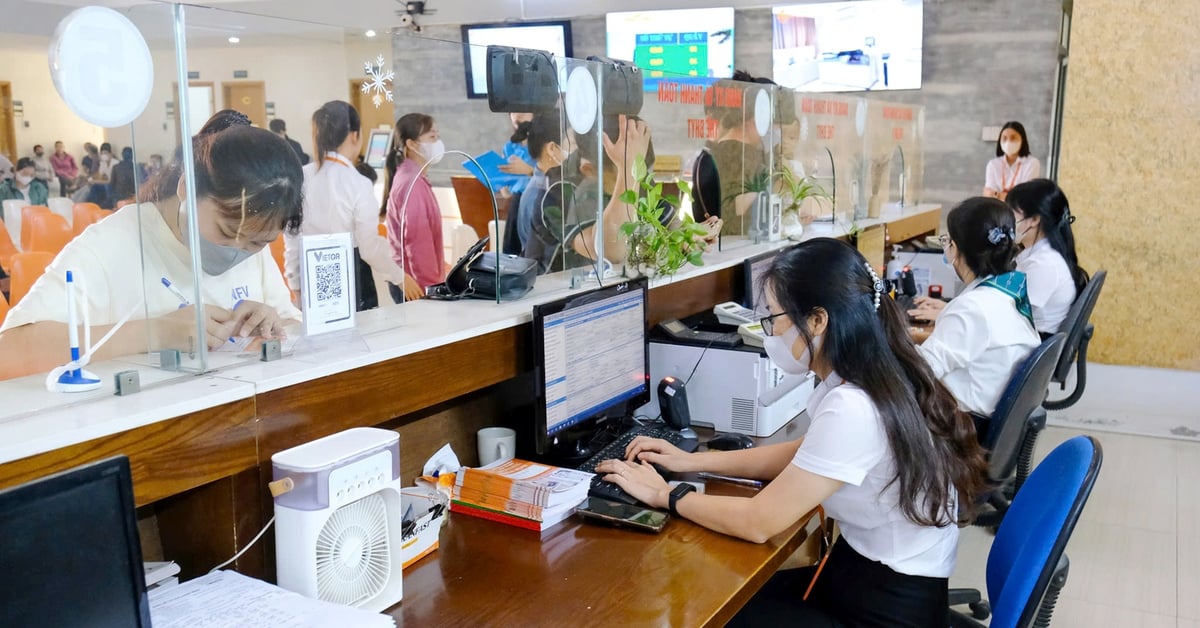


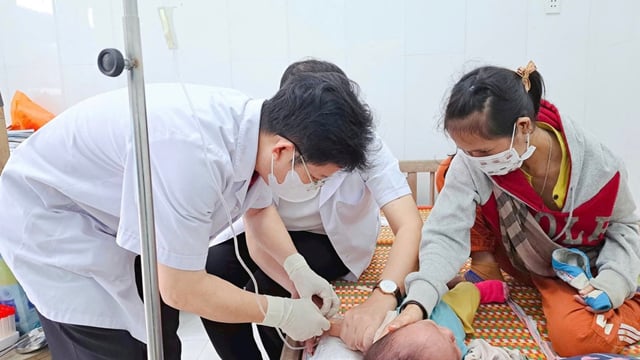










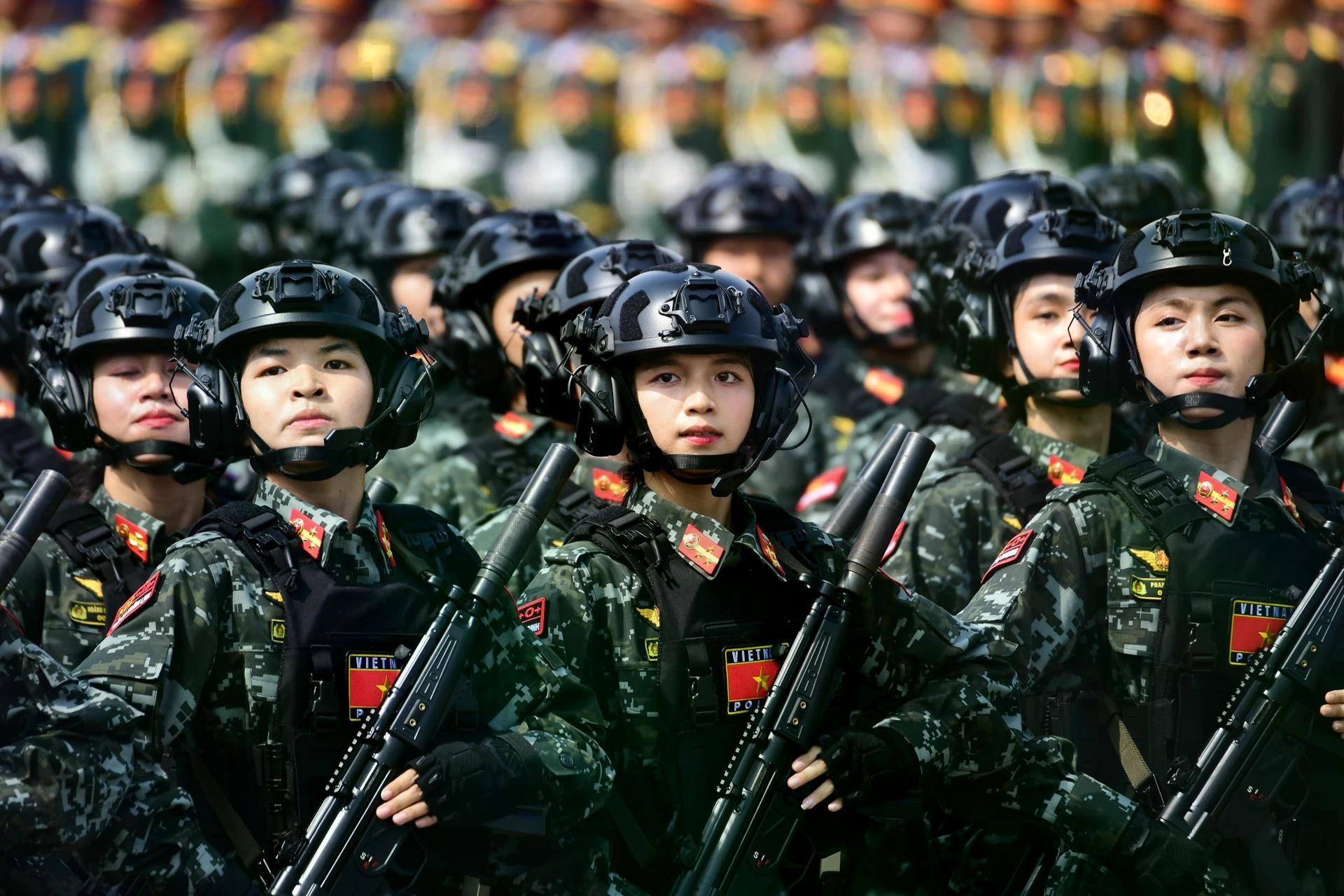




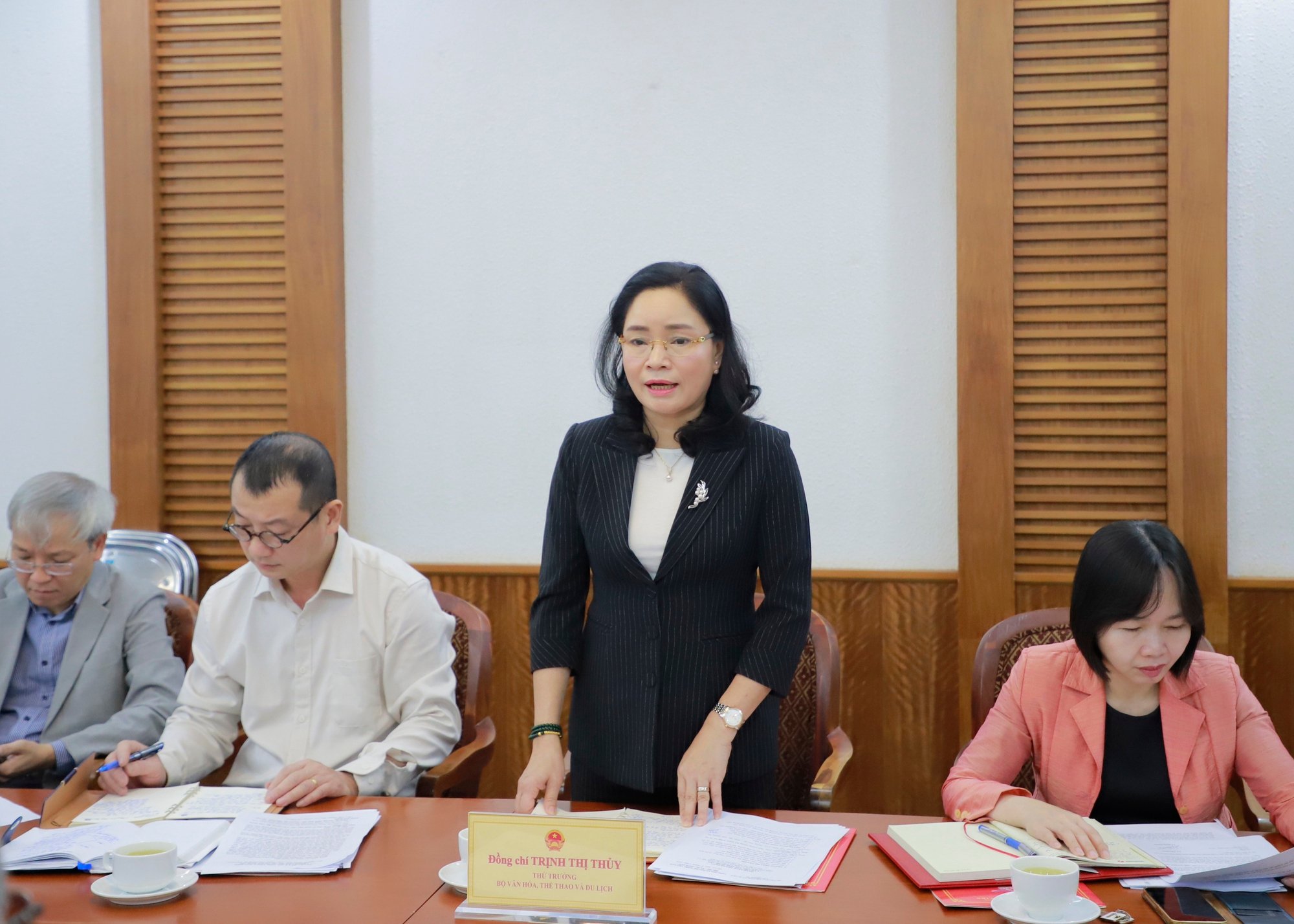


















































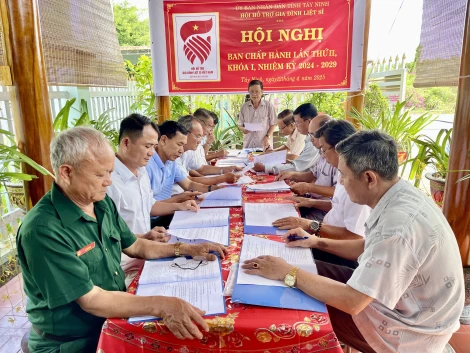
















Comment (0)